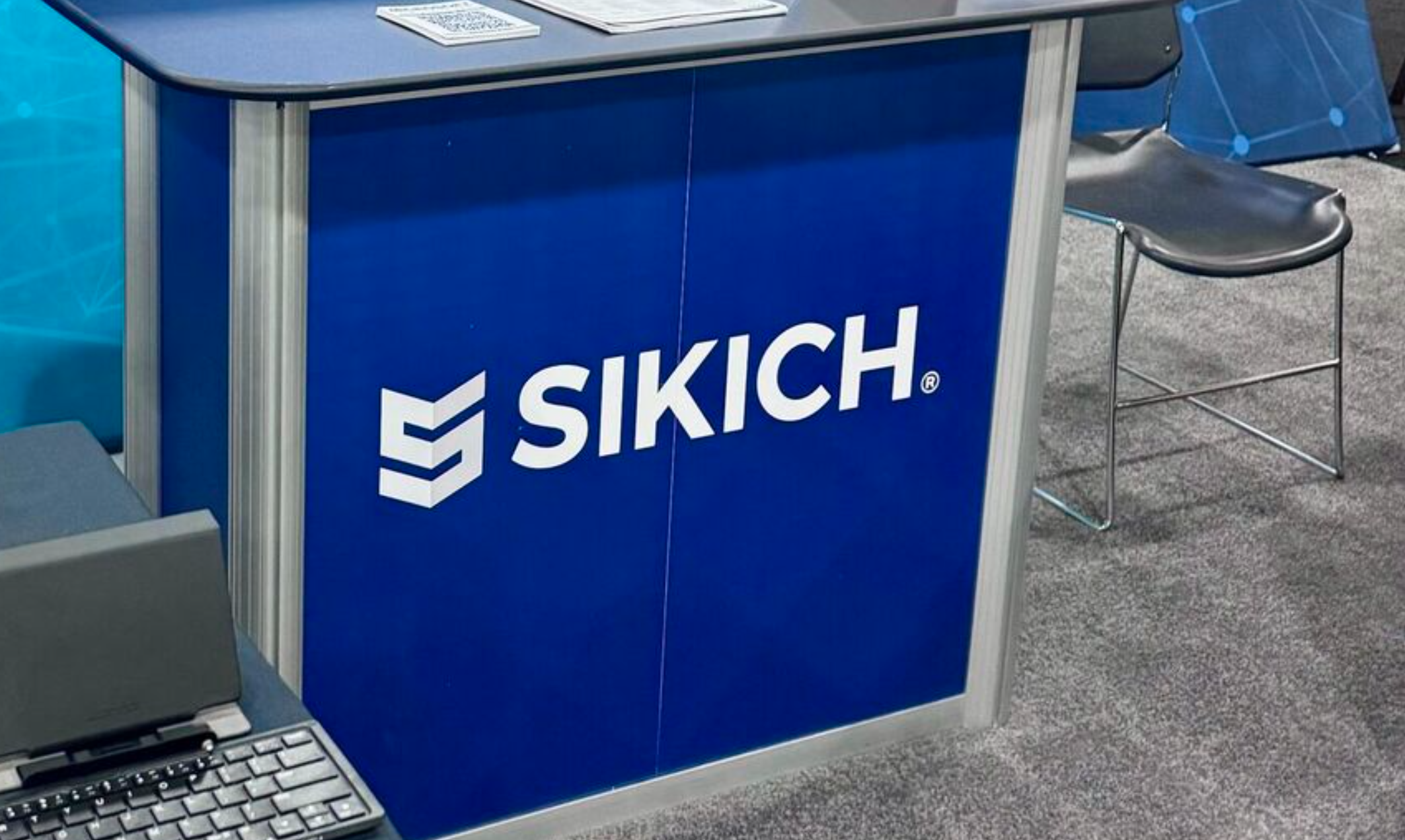Our profession is currently a hotbed of merger and acquisition activity and there are no signs that it is slowing down. The drivers of all this action are numerous and range from retirement to fueling growth. As the current leadership inches closer to retirement age, more and more will be looking for their exit strategy. So what is technology’s role in all this activity? Unfortunately, in a lot of these deals, IT is involved too little and too late.
On a “Need to Know” Basis
Far too often, the M&A process is conducted in tight secrecy. Only a select chosen few are privy to the deals being considered, let alone timelines and terms of the agreement. This small group typically doesn’t include anyone from IT. Instead, they are told what they need to know when they need to know it. And in a lot of firm’s process, that means they are told something to the effect of, “We are bringing in 50 new people next week. Get them set up with the technology they need to hit the ground running.”
Take a Proactive Approach
Other than talent, technology is the largest investment for most firms involved in an M&A deal. It’s also an important strategic asset for firm innovation and growth. For these reasons alone, it seems only logical that IT should be brought in early in the due diligence process to provide an important piece of the overall deal. Allowing IT to be proactive in their planning can help streamline the transition for all parties involved.
The Number That’s Getting Attention
We’ve had lively discussions about this topic in the Boomer Technology Circles and the CIO Advantage over the last several years. But it wasn’t until one of our CIOs from a large firm that is very active in M&A shared the average cost to fully integrate each person from an IT perspective that we had some eye-opening numbers.
Based on their experience, firms should budget approximately $10,000 to $12,000 per user for hardware, software, conversion and training. This may seem high to you and it was initially met with a great deal of skepticism. However, over the years the number has been confirmed by many of the experienced CIOs. And according to our annual metrics we collect for the Boomer Technology Circles™, the best firms typically spend roughly $10,000 per FTE for technology, so this number is reasonable.
Rip and Replace
Once the ink has dried, the decision has to be made about the best strategy for handling inconsistent technology. Do you allow each firm to operate as it did pre-merger? Or do you remove the bandage quickly and take a “rip and replace” approach. Many firms have found that a full replacement at day 1 is less costly in the long run.
Regardless of the age or condition of the acquired firm’s equipment, there is a significant cost to supporting multiple hardware and software systems. You also delay efficiency gains that could be recognized by having consistent technology and processes. Yes, this means one tax application, one audit application, one document management system, etc.
Two other major considerations that need to be taken into account are data conversion and end-user training. Moving and consolidating data onto a single uniform system requires a significant investment of time and money. No less costly is the training that will be required to ensure that your team is operating at peak efficiency.
Timeline Compression
As I said previously, the M&A craze doesn’t appear to be slowing down. And the timeline from initial discussion to deal completion isn’t slowing down either. In fact, deals that used to take months are now being compressed into a matter of weeks. This is leading many CIOs to start planning for the next deal before a target has been identified and talks begun.
In summary, the experiences from many leading firms have proven that mergers and acquisitions can be accomplished in an orderly fashion and desired gains can be rapidly achieved. It requires a proactive, detailed and thorough analysis and plan for every deal. From an IT perspective this means the ability (and time) to plan, a reasonable budget and the involvement of IT Professionals early in the process.
This is just another reason firms are rapidly learning the value of a CIO with a seat at the management table. Success is based upon a team approach!
Thanks for reading CPA Practice Advisor!
Subscribe Already registered? Log In
Need more information? Read the FAQs





